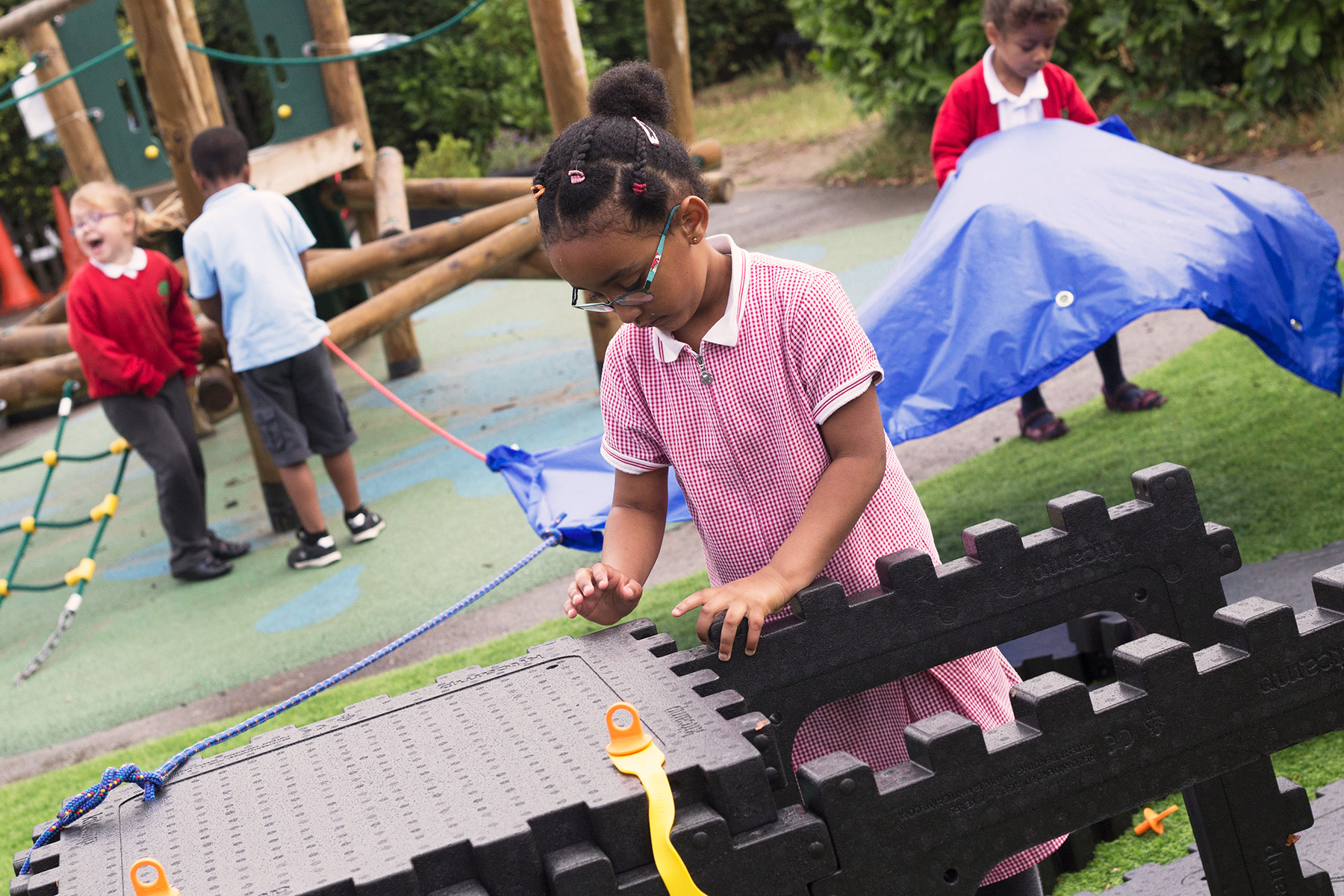Black History Month

October is Black History Month – a month to celebrate diversity and the contributions of black people to history. The question arises; if we spend just one month in a year highlighting black history are we potentially promoting cultural tokenism?
“Black contribution to [] history is so rich and varied that attempting to confine the discussion and investigation to four weeks a year tends to trivialize the momentous impact that blacks have had on [] society.”
Instead, this month should be embraced as a launchpad for a considered approach to a collective cultural identity. The innate sense we have towards play can be a real catalyst to embedding positive representation throughout the year.
Play-based learning transcends cultural types.
As we work and play with young children, opportunities to focus on history are essential. As play is a natural and accessible activity that all children do, no matter which culture or colour, it provides an opportunity through which to explore broader issues.
Play in its purest form transcends cultural types and sets a context to help break down barriers or divisions.
Through play, we can create aspirations – the belief that we can be anything, do anything, and achieve anything. Roleplay sets the scene in many ways. When reflecting on workplaces, we can enable all children to see themselves in roles of influence and control. Be proactive in ensuring all children are the boss, the decision maker, the artist, the creator. Examples include:
- An aeroplane – provide opportunities to play with maps, drawing attention to the fact that we have ‘roots’ all over the world. Elicit that many families have origins from multiple countries. Through play rotate the roles so that all children get to be the pilot, steward, passenger – be aware of subliminal messages.
- Create and respond to music – recognise the variety of influences on music and dance. Jazz, rap, hip-hop, funk and the blues all have hybrid roots. This doesn’t need to be explicit, as once we (adults) have familiarised ourselves, we can subsequently provide a range of genres to enjoy.
Explore Music Map for some interesting background information. - Role play cafés – highlight the intercultural nature of our diet. Help children create menus with real and imaginary food from a range of cultures and emphasise how boring meals from just one country would be. Explore the journey of their favourite foods. Touch on the chocolate industry to incorporate the history.
- Inventors’ lab – take a look at the creations of black inventors (see Resources box below). Use them as role models to inspire the children’s inventions. Discover other uses for the peanut. Explore optical illusions with concave mirrors, take apart old electrical items.
All are seemingly light-hearted yet stimulate powerful and proactive play opportunities, enriching learning.
The wider curriculum
Black history and European history should not be mutually exclusive.
With extra planning, a positive historical representation can happen throughout the year, including in play; consequently, cross-cultural links become embedded and, in time, readdress imbalances.
A few ideas to incorporate might be;
- In History – Florence Nightingale and Mary Seacole: Set up a role play hospital ward to explore the development of hospital care incorporating both female figures.
- In Science, when looking at inventors – Lewis Latimer, born to escaped slaves was Thomas Edison’s seldom mentioned partner.
- If you’re taking Chocolate as a topic – incorporate fair trade and the slave trade. Children can relate to child workers in the chocolate industry, and this is an opportunity to explore modern-day slavery. Explore the chocolate making process in a role-play ‘factory’. Roleplay at KS2 is rare but take the opportunity to provoke informal discussions in this ‘roleplay’ context.
Look at the resources.
Resources impact on self-esteem and a sense of belonging, and so it is vital then to have world music instruments out all year round, not just October.
A unique book display, with positive imagery, for the autumn term is excellent but should always be on the bookshelves. Letterbox library inspires high-quality texts covering diversity and equality to enhance the year-round provision.
For black history inclusion, it is more than self-esteem; therefore, we have an essential task regarding creating high aspirations for groups potentially disadvantaged.1
Many images, chosen for positive reasons, show successful black athletes and musicians; however, we must include academics, inventors, influencers.
Garrett Morgan – invented traffic lights, the gas mask, and hair straightening cream.
George Washington Carver – discovered over 300 uses for the peanut.
Otis Boykin – an engineer who developed a control unit for the pacemaker.
Valerie Thomas – worked for NASA and patented the illusion transmitter.
The universal appeal of Kitcamp and play.
Kitcamp’s toolkits provide many ideas to start a roleplay build. They can all include opportunities for positive representation while being culturally-relevant, aspirational and age-appropriate. It is difficult to go into the depth of understanding with young children, but it is imperative that we are pro-active. Knowledge needs to underpin all that we do. The universal appeal of Kitcamp and play can hopefully help to break down the potential barriers and contribute to the diverse nature of our settings.
Further reading:
The Centre for Literacy in Primary Education – Reflecting realities.
Current Affairs – Black History Month needs to be more than a feel-good gesture.
1 Reni Eddo-Lodge, 2017, “Why I’m no longer talking to white people about race.”
